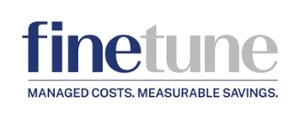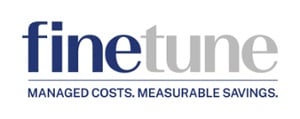Maximizing Savings Opportunities and Procurement's Strategic Value for CPOs
Saving money is not always about pinching pennies: advanced and data-driven insights enable you to identify real cost-saving opportunities, negotiate...

The topic of our recent roundtable discussion with a dozen Procurement Foundry community members—exploring potential flaws in procurement incentive plans—was one that we anticipated would generate a lively debate…and we were not wrong!
It’s Fine Tune’s position that awareness is spreading around the fact that far too often, incentive plans handed to procurement departments are not healthily aligned with the P&L and do not promote optimal long-term P&L performance.
That said, it’s not procurement’s fault—most of the systemic flaws discussed in the roundtable were not created by procurement.
However, there are myriad issues with incentive plans. Chief among them and discussed during the roundtable were:
As discussed with the Procurement Foundry members, all this “doom and gloom” provides opportunities for new waves of leadership.
We all came away from the discussion in agreement that leaders within corporate procurement (along with their peers outside the department who have a hand in crafting incentive plans—CFOs, VPs of Operations, etc.) need to first recognize the flaws in their incentive structures and then re-work their incentives to promote more common-sense, ownership-minded behavior.
Do you agree?

Saving money is not always about pinching pennies: advanced and data-driven insights enable you to identify real cost-saving opportunities, negotiate...

The topic of our recent roundtable discussion with a dozen Procurement Foundry community members—exploring potential flaws in procurement incentive...

Every 30 days or so, I get the same alert on my phone—“Your electricity bill is available for viewing.” I take a quick look, make sure nothing seems...